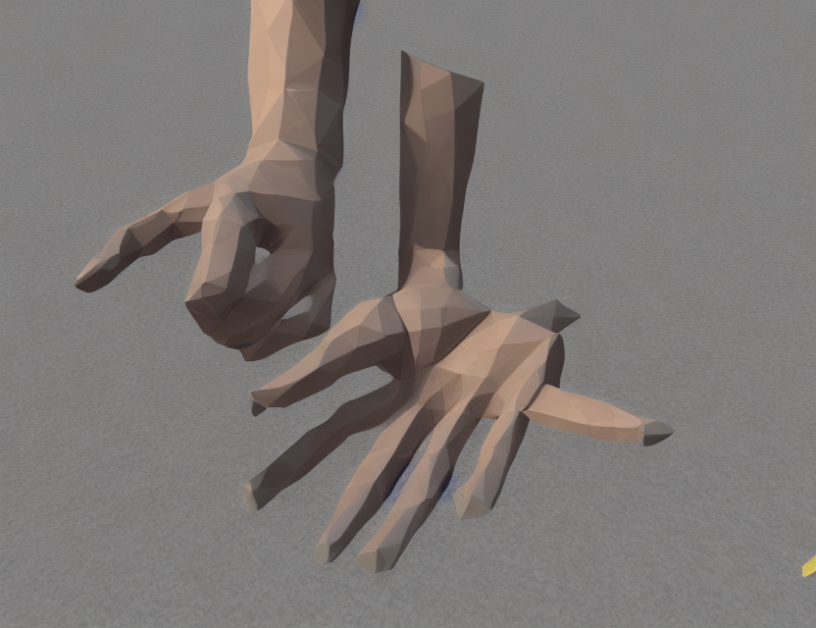In computer vision, hand-object reconstruction is a crucial task that involves reconstructing the 3D shape of an object from a 2D image of the hand holding it. This task has been a challenging problem due to the complexity of the human hand and the variability of object shapes. Recently, there has been a growing interest in developing methods for hand-object reconstruction that can handle in-the-wild scenarios.
Related Work
Several approaches have been proposed for hand-object reconstruction, including methods that use pre-scanned object templates and others that do not require any prior knowledge of the object shape. These methods have shown promising results in controlled environments but struggle when applied to in-the-wild scenarios. To address this limitation, researchers have proposed compositional implicit models that can disentangle the hand and object shapes.
Contributions
The authors of this paper propose a novel method for hand-object reconstruction that leverages compositional implicit models. This approach enables the separation of the hand and object shapes, allowing for more accurate reconstruction in in-the-wild scenarios. The authors evaluate their method through both qualitative and quantitative experiments and demonstrate improved reconstruction quality compared to existing methods.
Key Points
- Hand-object reconstruction is a challenging problem in computer vision due to the complexity of the human hand and the variability of object shapes.
- Pre-scanned object templates have been used in previous methods, making them unsuitable for in-the-wild scenarios.
- Compositional implicit models can disentangle the hand and object shapes, enabling more accurate reconstruction.
- The proposed method outperforms existing approaches in both qualitative and quantitative evaluations.
Conclusion
In this summary, we have provided an overview of the recent advances in hand-object reconstruction in computer vision, with a focus on the novel compositional implicit models proposed by the authors. These models offer a more accurate and efficient approach for reconstructing 3D hands and objects from 2D images, paving the way for more realistic and practical applications in various fields. By leveraging the power of deep learning, this technique has the potential to revolutionize the way we interact with computers and other machines, enabling more natural and intuitive interactions.



